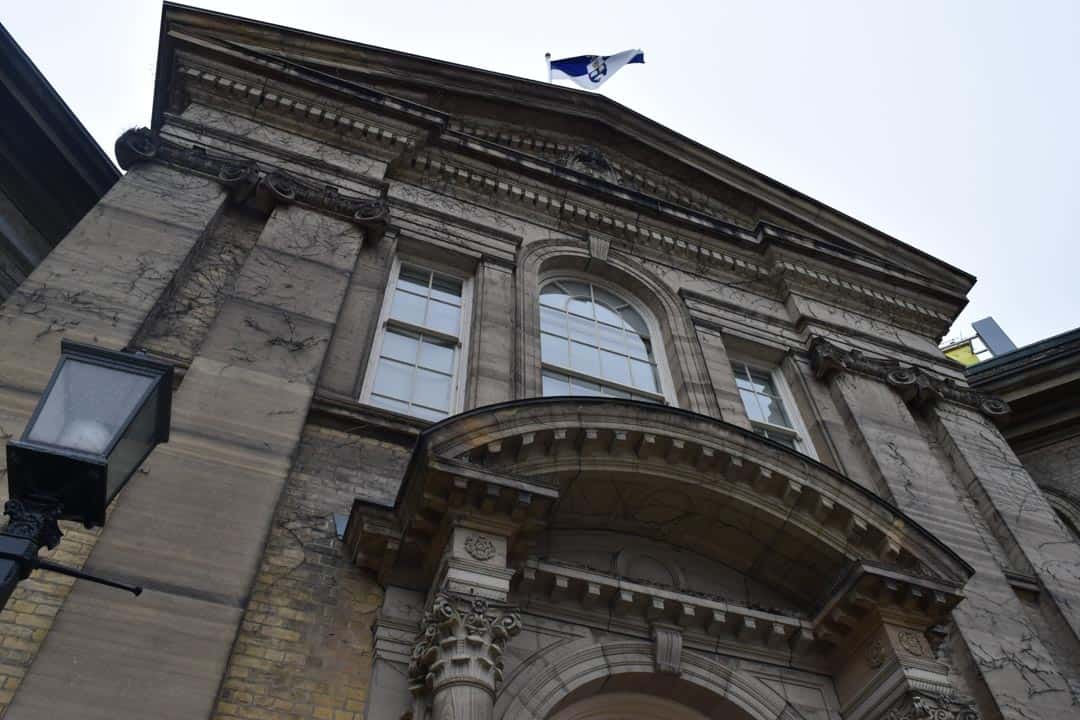Tuition fees are expected to increase again this year after the Business Board of the university’s Governing Council approved the increases at a meeting on March 21.
The tuition increases were first outlined in the university’s proposed budget for the 2018–2019 academic year, which outlines a for-credit tuition fee revenue of $148 million to fund initiatives and capital projects across the three campuses.
What are the tuition increases?
Domestic undergraduate tuition fees for the Faculty of Arts & Science; the John H. Daniels Faculty of Architecture, Landscape, and Design; the Faculty of Music; and the Faculty of Kinesiology & Physical Education are expected to increase by three per cent in the 2018–2019 academic year.
Tuition fees for the Faculty of Applied Science & Engineering is expected to increase by five per cent, with tuition to be $15,760.
Tuition for international students in the Faculty of Arts & Science is expected to rise by no more than nine per cent in the 2019–2020 academic year, while international students in the Faculty of Applied Science & Engineering will see an increase of eight per cent to their tuition over the same period. According to the budget, “international fees are set at a level to more closely reflect the true cost of educating students.”
Tuition fees for most professional programs will increase by 2.5 per cent to five per cent under the provincial tuition framework.
Tuition fees for international graduate students will be the same as their domestic counterparts in Fall 2018, as per a university decision in mid-January.
As a result of tuition increases, an increase in student financial aid is also expected.
The proposed budget for 2018–2019 puts $224 million towards student aid for the year. In a 2016–2017 report on student financial support, the university committed itself to providing increased aid not only for undergraduate domestic students but also international students.
Why does tuition keep rising?
The overall increase in tuition is meant to address higher enrolment and increased costs, according to Vice-President and Provost Cheryl Regehr. The costs also come in response to the tuition framework mandated by the Ontario government.
“The three per cent overall increase is the tuition framework from the provincial government and the issue is costs… continue to rise as they do everywhere,” said Regehr, noting that the government grant per student “has not increased for many years now.”
Mathias Memmel, the President of the University of Toronto Students’ Union, said that the union was “disappointed, although not surprised, that the university is increasing fees by as much as it possibly can.”
Memmel, like Regehr, pointed to issues in government funding.
“The provincial government needs to step up and make a serious commitment to public education,” said Memmel. “Otherwise, our public universities will cease to be truly public and will become private institutions with public funding.”
Despite the fee increases, the university reaffirmed its commitment to aiding students in positions of financial need.
“We have always had the longstanding commitment that any qualified student who is admitted to the University of Toronto will be able to not have financial barriers that stop them from completing their education,” said Regehr.
The commitments are outlined in the university’s Policy on Student Financial Support.


